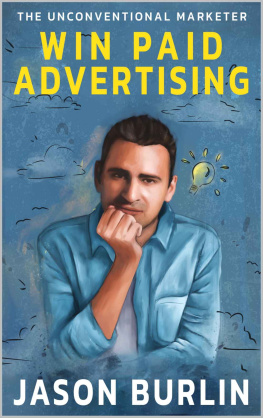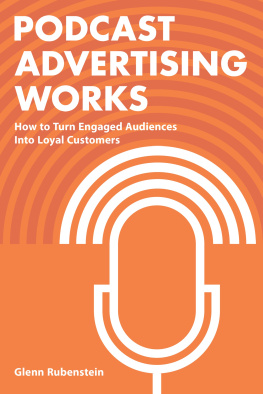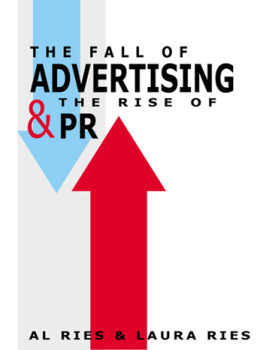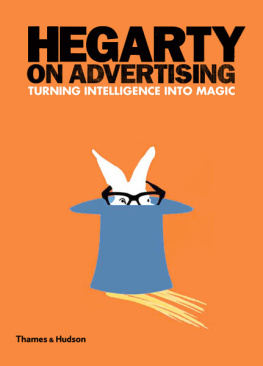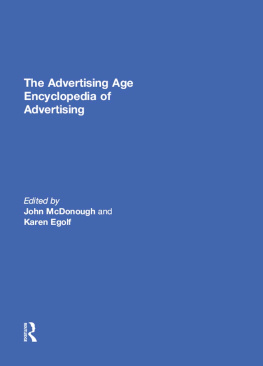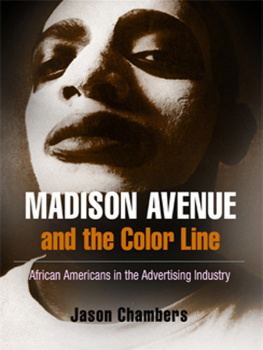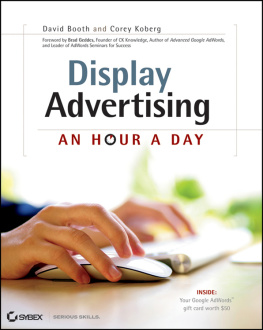All rights reserved.
No part of this book may be reproduced in any form or by any electronic or mechanical means, including information storage and retrieval systems, without written permission from the author, except for the use of brief quotations in a book review.
Introduction
What do you picture when you think of success? I always imagined the typical American Dream. I was born in California but raised in a small, English-speaking community in Israel, where my neighborhood felt like an extended family. During this time, I was not conscious of the day-to-day struggles that my family went through as I grew up observing my father's business endeavors while my friends comfortably played video games.
Thats where my journey to become an unconventional marketer started; even at a young age, I was always testing business ideas. Whether it was selling flowers on the streets, running an orange juice stand, or handing out fliers for other companies, I was hungry for experience and knowledge in the business world. In my early twenties, I moved back to America to pursue my dream of success. I started carrying boxes and furniture in twelve-hour shifts for my brother's moving company in the hot Los Angeles summers. That all came to a stop when I developed a hernia, which put me behind a desk. Searching for a new business endeavor to test, I became intrigued by how computers and people overlapped in marketing.
My new endeavor helped my brother's moving business grow from a single small office to a successful national moving company. How? By thinking outside of the box. At that point, moving companies only advertised in the yellow pages, flyers, and billboards. The internet was already a normalized part of American everyday life, but it was quickly becoming a new and exciting space for businesses. My brother and I saw an opportunity and advertised his company online before the surge of competition on Google Ads. We capitalized on the open space and shifted all our marketing efforts from traditional to online marketing to expand to a national company. After testing out all those business ideas over the years, the switch had flipped in my head; I had found my calling.
At this time, I decided to get a degree and make it official. After considering a degree in marketing, I chose instead to obtain my bachelors degree in psychology. I could learn to do what every other marketer out there was doing, or I could learn to analyze people's wants, needs, and motivations and apply it to marketing principles. I didn't want to be a textbook marketer; I sought to understand the chain reaction from stimulus to brain to sale. It comes down to using a psychology foundation and applying marketing knowledge. I learned from the beginning that you would never stand out if you do what everyone else does.
I give my wife full credit for my start as a social media marketer; she built an online clothing store that became successful through organic (free) Facebook traffic, and we were living the dream of success. At that point, Facebook hadn't begun decreasing organic reach in favor of paid advertising. She was skilled in building and growing her brand and utilizing the new, free social media marketing space to advertise her business. I wish I could say that was entirely an upward slope of success to get to where we are today, but any marketer that tells you they've only had success is selling you.
I'm not here today to sell you; I'm here to empower you. I want to show you what I've learned from twelve years of success and failure through this book. Failure is a powerful teaching tool that I've had many opportunities to learn through. So, when organic traffic became scarcer, and we had to turn to paid ads and paid ads became more expensive, our business failed. At that moment, the solution was impossible to identify for many companies that experienced the same decline in business. We could not figure out how to move a business that we built on organic traffic into one competitive in paid ads. That is a crucial foundation of this book: how to adapt and facilitate traffic in changing marketing environments.
Think of organic sales made through social media marketing like a clean water river in a desert and the business as a town. Excited for the available resource, we built our entire town with that water source. Then, we had to start paying for each glass of water. First, it was $0.10 a glass, then $0.25 a glass. The water resource that we built the town around became too expensive to use. In our world, we created our business around the resource of organic social media. It cost nothing to use at first, but as paid advertisements took over, we spent money on sales that we would have made for free before.
We did not have a business model that incorporated paid advertising, and neither of us had the experience to stand out in a crowded market. In a few short years, we went from owning a business and having the life we always wanted, to living in a tiny college apartment with our young child. To stay competitive, I threw every last penny we had at social media ads. It got to the point where I was swiping my credit card at a gas station to find that I had maxed it out.
I was $40,000 in debt with a wife, a child, and a failing business.
It was the most challenging time I've ever faced. When confronted with challenges, you can collapse, or you can adapt. I wasnt ready to give up on our dreams, so I buckled down and adjusted. We sold the business at a price that covered most of our debts to start fresh. Then I began the daunting task of teaching myself the modern world of marketing.
As I learned, I started to dabble in freelance marketing by managing ad campaigns. You know that feeling when your business got its first big sale? When I got my first five-hundred-dollar marketing gig, I took my wife and child out for pancakes to celebrate. It was little in the big picture, but huge at that moment.
I still like to be a part of it when I help businesses reach milestones. My first million-dollar campaign was with a mattress-in-a-box company. With that marketing campaign, they moved from selling ten mattresses a day to thousands. Since then, I have managed over $150 million in advertising spend on various businesses.
One of the philosophies I swore to keep was that I would always keep my door open to all businesses, no matter how busy I became. Whether you're spending one dollar, one hundred dollars, or thousands of dollars, every advertising campaign is a chance to learn and grow. Each success still feels like that first big freelance job. I understand that as much value as I bring, each opportunity brings with it the value of the experience for me.
You could read a million books, thousands of blog posts, and watch hundreds of YouTube videos from marketing gurus, but I am challenging you to take this moment and look at marketing differently. I challenge you to take this book and use the foundation that I am about to share with you as the basis for your businesss future marketing decisions. You can manage your marketing or pay for an agency, but youre still responsible for understanding the decisions made for your business and the impact they have on your bottom line.
This book will empower you to make educated, individualized choices for marketing in all forms: paid, unpaid, social media-based, direct search-based, and even traditional marketing. It won't matter what strategy you use; what will matter is that you will understand how modern advertising works so that it doesn't matter if it's Instagram today, TikTok tomorrow, or something brand new two months from now. If you know how to approach marketing, then you will learn how to adapt.

